Goal:
You want to find the last row of a particular range of columns and some of these columns could contain empty cells or even the full column could be totally empty.
Explanation:
Select the desired range of columns you want to identify the last row with content.
forEach column, use map to get the data of this particular column.
reverse the data array of the column so you can findtheIndex of the first non-empty cell (starting backwards).
Deduct this row from the maximum rows in the sheet, and it will give you the last row with content of each column in the selected range. Push all these values to an array.
The Math.max value of this array will be the last row with content of the selected range.
Code snippet:
Iterate through the columns A:K, find the last row for every column and then calculate the maximum last row:
function findLastRow() {
const ss = SpreadsheetApp.getActive();
const sh = ss.getSheetByName('Sheet1');
const data = sh.getRange("A:K").getValues();
const mR = sh.getMaxRows();
const indexes = [];
data[0].forEach((_,ci)=>{
let col = data.map(d => d[ci]);
let first_index = col.reverse().findIndex(r=>r!='');
if(first_index!=-1){
let max_row = mR - first_index;
indexes.push(max_row);
}
});
last_row = indexes.length > 0 ? Math.max(...indexes) : 0;
console.log(last_row);
}
Then you can start pasting from last_row+1.
Example Sheet for code snippet:
Let's say we want to find the last row in the range A:K for which some columns might contain empty values, and there is another column that has the last row with content in the sheet. In the example sheet below, the correct answer should be 27.

Advantages:
Unlike this, the solution works:
Disadvantages:
It could potentially be slow for a large number of columns. Albeit, the number of GAS API calls are at the minimum possible level, there are many JavaScript function calls that are being used iteratively.
